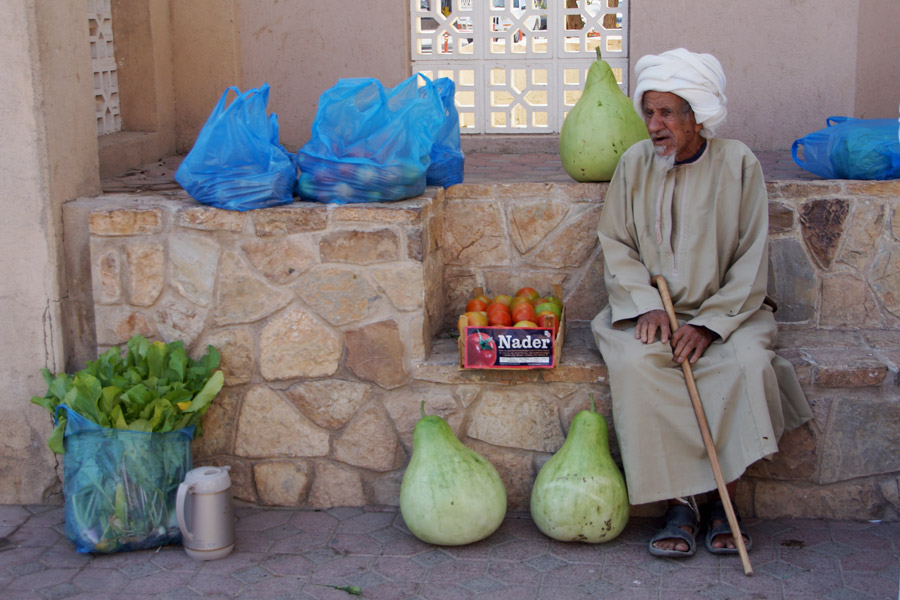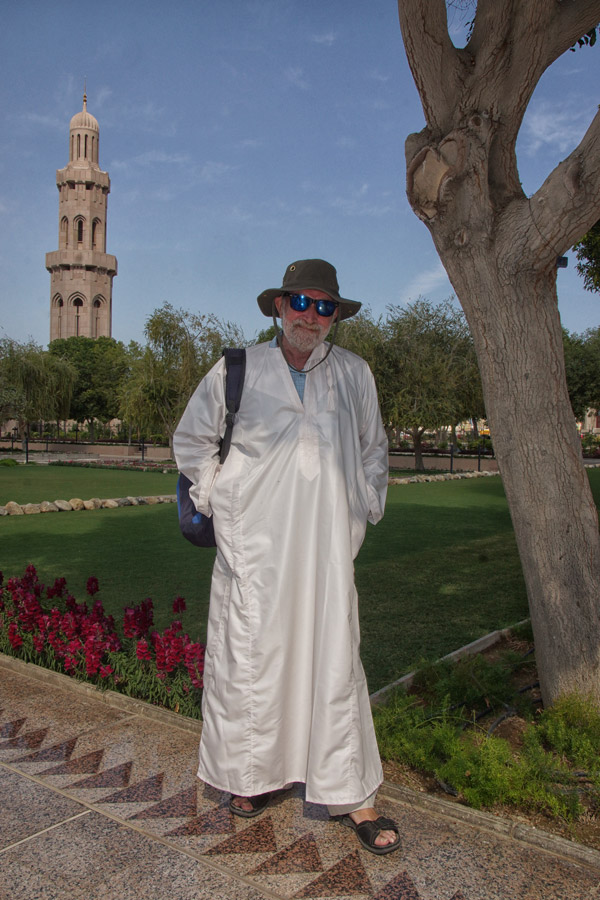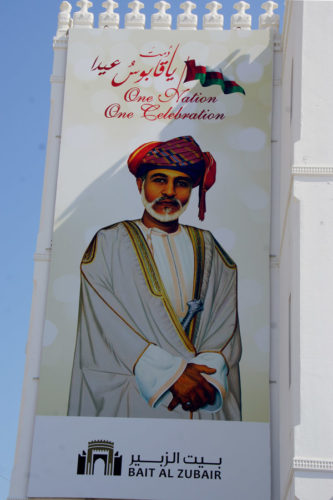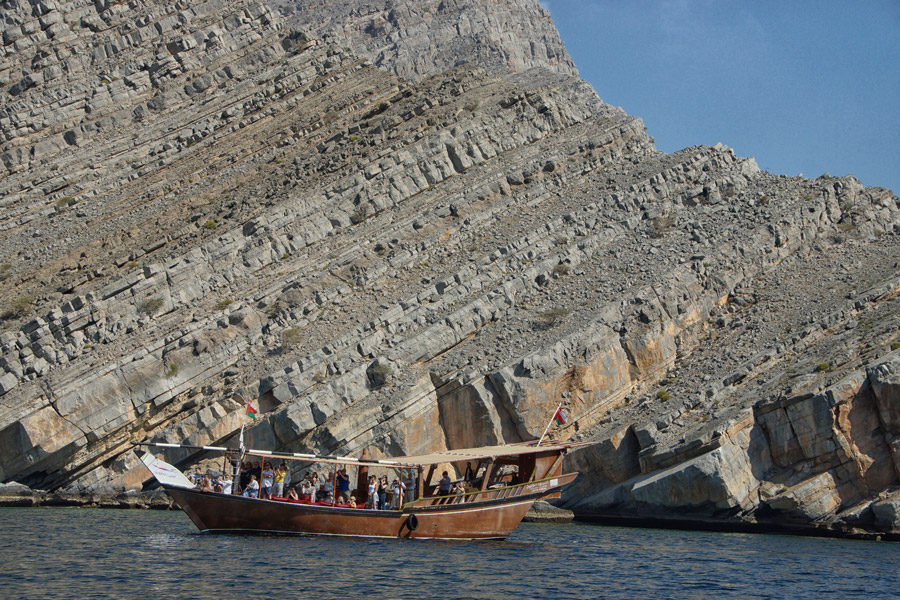Nizwa Fort
This fort is about 175 kilometres from Muscat and is well worth a day trip. Its in the book 1001 Places to see Before you die. I don’t take this book too seriously,
after all it does suggest the Al Bustan Palace Hotel in Muscat is unmissable. At $366 a night for a double room we didn’t feel the need to see their two hundred acres of garden.
But sometimes its nice to tick somewhere off a list and they are right about Nizwa.
The view of the Hajar mountains from Nizwa fort is one of the best views in Oman.
Not sure I did it justice.
A great example of old Omani architecture first built in the ninth century but later rebuilt in the seventeenth century no one uninvited was going to get in here!
The walls were built to withstand mortar fire .The fort was protected by 480 gun ports and 24 openings for mortar fire.
The imams who governed Nizwa, once the capital city of Oman were very safe inside.
If intruders managed to get in they faced a complicated climb up the inside stairs where there were unexpected gaps in the floor or places where
boiling oil or hot date syrup could be poured on them.
The original meaning of a pitfall. Ouch!
The Souk
This souk seems much more authentic than Muscat’s Mouttrah souk.
The local men were genuinely shopping at the food market although it was fairly quiet.
.
And on to Jabreen
Jabree was built in 1670 as a palace for the Imam.
It has many study rooms and a place where the Imam could be protected by soldiers hiding under the floor.
If he was unsure of the motives of his visitors they would be ready to protect him.
It was left abandoned for many years it has now been beautifully restored by the ministry of tourism.
An interesting day out.

























































